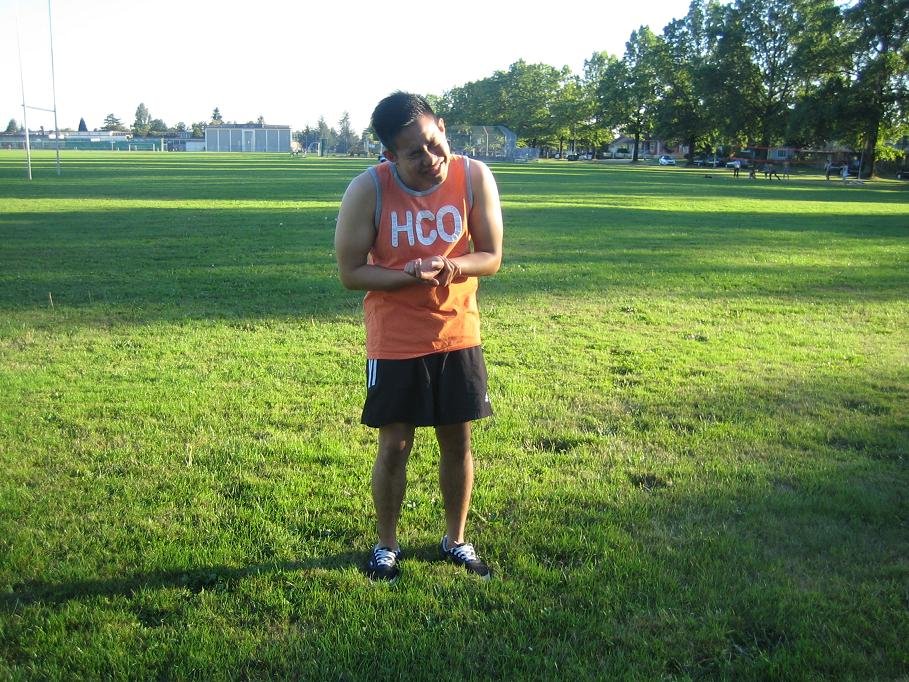A sprained thumb is a common condition that is a result of damage or tear in the ligaments, cartilage of the thumb and joint capsule. The thumb has 2 small bones called phalanges.
Excessive forces such as overuse can result to injury to the joint and cause damage to the cartilage or tearing the ligaments or the joint capsule and result to a sprained thumb and can also affect the interphalangeal joint or the metacarpophalangeal joint.
This condition is common in people playing contact sports such as rugby, basketball and netball, but it is more common in skiing.

Causes of a sprained thumb
- Hyperextension or a sideways force placed on the thumb
- Performing repetitive activities with continuous movement of the thumb
- Playing contact sports such as baseball, netball, basketball and martial arts.
- Tackling an opponent while playing football
- Playing skiing where one of the poles accidentally pushes the thumb backwards.
- Catching a thumb in sports equipment
Symptoms
- Pain can be felt in the thumb
- A popping sound can be heard after the injury
- Pain when bending the thumb backwards
- Pain in the web of the thumb during movement
- Bruising and swelling
- Sometimes, the thumb is dislocated
- Swelling at the bottom of the thumb
- Weakness in the thumb and hand
- Stiffness of the area
- Instability and laxity in the joint
- Activities such as opening jar, picking up objects, cooking, and household chores becomes difficult.
Treatment
- Rest the affected area. Avoid movement of the thumb for fast healing of the condition.
- Apply an ice pack on the affected thumb for at least 35 minutes at a time 4 times every day. Continue applying until the pain totally disappears.
- Wrap the affected thumb using an Ace wrap or a wrist brace to immobilize the thumb to prevent unnecessary movements and lessen the pain. Avoid wrapping the area too tight to prevent problems with circulation.
- Take the prescribed over-the-counter pain medication such as ibuprofen to lessen the pain and the swelling.
Tips
- Wear a thumb stabilizer when skiing to protect the ulnar collateral ligament without limiting the movement of the hands and its function.
- Tape the thumb when playing sports to prevent further injury and worsen the condition.
More Information
The details posted on this page on a sprained thumb is for learning purposes only. To learn to recognize and manage a sprain, enroll in a first aid course with one of our training providers.
FACT CHECK
https://www.medicalnewstoday.com/articles/321162.php
https://orthoinfo.aaos.org/en/diseases–conditions/sprained-thumb
